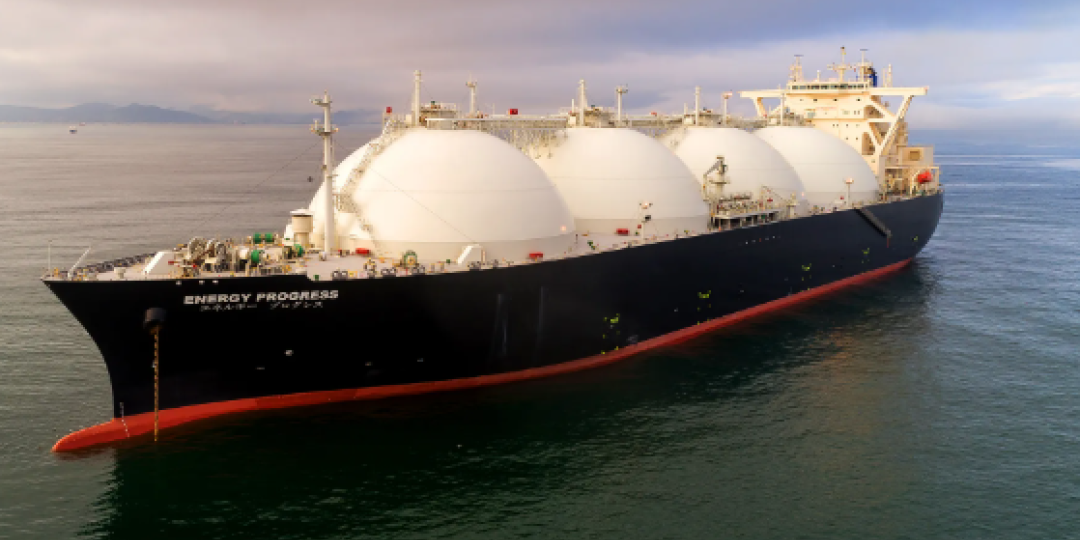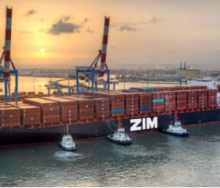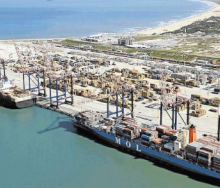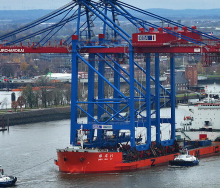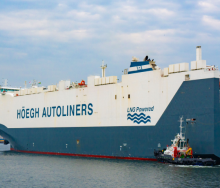The spot rates for liquefied natural gas (LNG) cargo and time charter rates have plummeted to historic lows, raising significant concerns within the liner trade, shipping equity analyst Joakim Hannisdahl has found.
According to research by the Norwegian investment firm he runs, Gersemi Asset Management, the decline in these rates indicates a substantial drop in the costs associated with shipping LNG.
If this is indeed the case, Gersemi’s findings could have far-reaching implications for the market.
Recent data reveals that spot rates for LNG carriers have fallen dramatically, with some vessels now chartered for as little as $15 000 per day, down from $85 000 in the summer months.
This represents a staggering 49% decrease in just one month.
Time charter rates have also seen significant declines, with three-year contracts for two-stroke carriers dropping to approximately $62 700 per day, a 42% year-on-year reduction.
Hannisdahl has warned that the financial viability of dual-fuel diesel electric carriers and steam turbine carriers is under threat, as many are reportedly operating at or below their operational costs.
This situation could lead to broader implications for LNG supply chains if it persists, potentially resulting in reduced availability of carriers and impacting global LNG supply and pricing strategies.
The combination of low shipping rates and operational challenges is creating a saturated market environment. High gas inventories in Europe and a lack of demand for floating storage are further exacerbating the situation, leaving many carriers idle or competing for limited cargo.
The current oversupply of LNG carriers, coupled with delayed liquefaction projects, has contributed to this unprecedented downturn in the market.
The outlook for the LNG shipping market remains bleak as continued oversupply and weak demand are expected to persist into the winter months.
Market participants express pessimism about the recovery of rates, indicating that they are unlikely to return to the highs seen during the previous winter crisis any time soon.
As companies grapple with these challenges, there are growing concerns regarding future investments in LNG infrastructure and fleet expansion.
The potential for a contraction in the fleet or reduced service frequency looms large if current trends continue.
The LNG shipping sector is facing significant headwinds as it navigates through this period of historically low rates and operational challenges.
The implications of these developments will be closely monitored by industry stakeholders as they seek to adapt to an evolving market landscape. – SOURCE: Asia Shipping Media
